Tales of Life
The magic of reading and rereading Bernard Malamud.
The Magic of Reading Bernard Malamud
His work, unlike that of Bellow or Roth, focused on the lives of often impoverished Jews in Brooklyn and the Bronx and bestowed on them a literary magic.
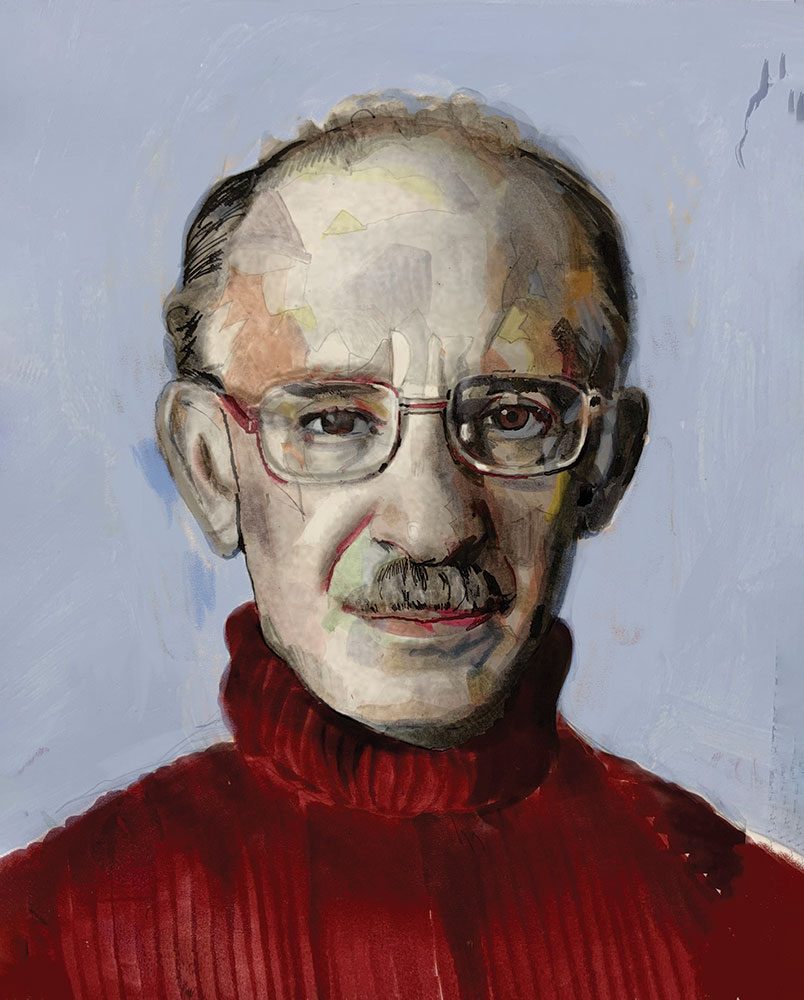
Once upon a time, some 60 or 70 years ago, Jewish American writing constituted a significant genre in our national literature. The experience of being Jewish in America became metaphorical in the hands of a multitude of writers endowed with talents both small and large. So great was the influence of this writing at that time that it changed the American language and galvanized imaginative storytelling around a postwar world badly in need of newly invigorating voices. Two of its pathbreaking stars were Saul Bellow and Philip Roth, both of whose work was characterized by a compulsive brilliance, an exuberant nastiness, and a take-no-prisoners humor edged in self-laceration. However, a third Jewish American writer of major importance also emerged in the 1950s: Bernard Malamud. His voice sounded nothing at all like Bellow’s or Roth’s—it was neither electrifying nor savvy—but it too endowed the experience of being Jewish in America with transformative powers. Whereas Bellow and Roth took as their subjects the lives of educated Jews emerging into full assimilation, Malamud took for his the homegrown shtetl Jews living in Brooklyn and the Bronx, those paralyzed by poverty and ignorance, and touched them with a kind of literary magic that sent the metaphor diving into depths hitherto unreached. As Bellow said of Malamud after his death, he was an “original of the first rank” in whose work one always heard the “accent of a hard-won…emotional truth.”
Books in review
Malamud: Novels and Stories of the 1970s & 80s
Buy this bookBorn in Brooklyn in 1914, Malamud was the son of impoverished Russian Jewish immigrants burdened by more than their fair share of misfortune. His father ran a failing grocery store, a younger brother was mentally ill, his mother died when Bernard was 15. But he began writing stories as a teenager, got himself educated at City College, worked here and there for a good 10 years while continuing to write in obscurity, and then in his 40s began to publish the novels and stories for which he would become famous. To make a living, Malamud taught writing for some 35 years, first at Oregon State University and then at Bennington College. The moment is propitious for revisiting his work, as the Library of America is now publishing the third and final volume of his collected writings.
Malamud’s early life resembled the lives of a few million Eastern European Jews who, during the last decades of the 19th century and the first half of the 20th, were among the most marginalized of American immigrants. But smart or stupid, secular or religious, intellectual or entrepreneurial, almost all craved inclusion in the larger culture, and that craving made for a community of values. When I was growing up in the 1950s in a working-class Jewish immigrant neighborhood in the Bronx, everyone was strapped for money, but no one was going hungry, no one was evicted, and none of my cohorts went to work without a high school diploma.
More from Books & the Arts
At the same time, it must be said, the neighborhood had its share of those so eccentric we associated them with the shtetl. For instance, there was Mrs. Rothstein, who in every season wore a cloche hat pulled down over her ears to keep out the voices that told her the world was evil; and Tom, the butcher’s 60-year-old delivery boy, who talked in a foreign tongue to the packages of meat he carried; and Gelman, the itinerant Yiddish teacher whose clothes were threadbare but whose eyes shone madly as he pressed my arm and said, “Ideas, dolly—ideas, they’re everything.” When I was young, I along with all my friends called these people “crazies”; when I got older, they began to seem touched with some mysterious value I couldn’t easily identify. That was when I started reading Bernard Malamud’s stories.
The Israeli writer Amos Elon once wrote that what is most shocking in human history is the patience of the oppressed. It’s hard to say exactly why Malamud’s deceptively simple tales of life among the shopkeeper Jews of Brooklyn and the Bronx in the 1930s, ’40s, and ’50s remind me of Elon’s striking insight, but they do. There are, of course, his famous stories—“The Jewbird,” “The Magic Barrel,” “Angel Levine”—in which magic realism is employed to serve as a passionate outcry against the Jewish experience of life denied. And there are the stories that turn on Malamud’s bumbling boy-men in a permanent delirium of sexual hunger, the ones who pant and stutter, tremble and languish, and often, at the crucial moment, fail to perform. The acuteness with which Malamud tracks their farshlepte journey through this vale of tears is, in itself, a literary marvel.
But if ever a set of characters embodied the patience of the oppressed, it is surely his shopkeeper Jews, for whom Brooklyn or the Bronx is forever Poland, 1932. These are people who are perpetually rolling a rock up a hill: the rock of sheer survival. They neither prosper nor perish; they simply do not die. Their strength and their punishment is knowing how to cling to life under circumstances so extreme that they often seem allegorical. If you asked what they mean by “survive,” they would, in all likelihood, tell you: “Just to make a living.” If you then asked, “What kind of living?,” they might, like Morris Bober in Malamud’s early novel The Assistant, reply, “What kind of living?—a living; you lived.”
In a story actually called “The Cost of Living,” Malamud tracks the consequences of that famous request for bare survival when, as it turns out, even that is not permitted. Sam and Sura Tomashevsky have been running a perpetually failing grocery store in a down-and-out neighborhood in Brooklyn for more than 25 years. When a large chain store opens nearby, they are threatened with destitution. And sure enough, day by week by month, the store spirals inexorably into bankruptcy while Sam and Sura look on—helpless, terrified, disbelieving. At the end, Sam dissolves in a flood of grief over what the years in the store have meant—“the thousands of cans he had wiped off and packed away, the milk cases dragged in like rocks from the street before dawn in freeze or heat; insults, petty thievery, doling of credit to the impoverished by the poor; the peeling ceiling, fly-specked shelves, puffed cans, dirt, swollen veins, the back-breaking sixteen-hour day”—and then, in one swift motion, he locks the door and walks away into the unknown. There are no surprises in the story, no unexpected plot turns, no melodramatic reprieve; what is there at the end was there at the beginning. Yet the reader sits staring into space, stunned by Malamud’s ability to make one feel the power of no way out.
In “The Death of Me,” the blow to the nervous system goes even deeper. Marcus, a clothing store owner, employs two solitary immigrants—one a Polish presser, the other a Sicilian tailor. Each man lives alone in boarding-house isolation; one drinks and weeps over letters from home, the other talks to himself. For no reason that we are given—but such is Malamud’s command of his material that we accept its plausibility—the two men have developed a dangerous mutual hatred. Day after day, their heads fill with blood at the sight of one another, and regularly both explode in episodes of near-madness: hissing, spitting, cursing, threatening a violence so extravagant that customers flee the shop. Marcus puts up with this insanity because—and this is key—he can’t afford to hire anyone better. He begs the men—he pleads, he cajoles them to stop, please stop—to no avail. The narrative gains in strength as the reader comes to realize that nothing can avert the coming calamity, and in fact, in the end, the presser and the tailor—by now they’re Cain and Abel—do actually strangle each other. The goodness of the story turns on Malamud’s ability to enter into the raging heart of the Pole and the Sicilian, each one trapped inside his illiterate loneliness, driven by raw, elemental angst.
Lives are again bartered over in the story “The First Seven Years,” as the question of rude survival becomes openly biblical. Feld, the shoemaker, has in Sobel, another stranded immigrant, a skilled assistant who, from his earliest days in the shop, has developed an odd relationship with Feld’s young daughter, Miriam. Sobel’s wants, we are told, “were few; in money he wasn’t interested—in nothing but books, it seemed—which he one by one lent to Miriam, together with his profuse, queer written comments, manufactured during his lonely rooming house evenings, thick pads of commentary which [Feld] peered at and twitched his shoulders over as his daughter, from her fourteenth year, read page by sanctified page, as if the word of God were inscribed on them.” (Page by sanctified page!)
When the story opens, Miriam is 19, and Feld dreams of a better life for her than the one he has provided—but when he tries to match her with a neighborhood college student, Sobel flies into a rage and quits the shop. Feld begs him to return, and Sobel tells him what the shoemaker has surely always known: that he loves Miriam and has only been waiting for her to grow up so he can marry her. Either Feld agrees to “give” the girl to Sobel or he’ll never return to the shop. Feld is dismayed—he wants so much for Miriam, but without the assistant, he is convinced, his livelihood is gone. The situation is Solomonic. The reader holds her breath. Feld caves. A broken man, he begs Sobel to just wait until Miriam comes of age. The first seven years, indeed.
In each of these tales, as in a fable, the situation is the story: The settings are elemental, the characters have no agency, human psychology is on hold. What is not on hold, however—unconscious, perhaps, but not on hold—is humanity’s longing for emotional experience. True, the people in these stories are perishing for want of material security, but they also desperately need to feel alive within themselves. Emotional deprivation—that which prevents the development of an inner life—is what twists each and every one of them out of shape. Without an inner life, human existence remains primitive—infantile and primitive. Malamud’s gut understanding of this equation is beyond heartbreaking.
The Library of America’s third volume of Malamud’s collected works consists of three novels, 13 stories, and a random collection of nonfiction pieces, all written in the last two decades of Malamud’s life. The book is dominated by his openly autobiographical Dubin’s Lives, a novel that takes its place among those of Malamud’s works that can better be classed as American (The Natural, A New Life) than as Jewish American. Not only does Dubin’s Lives leave behind the Yiddish-inflected English that characterized Malamud’s long preoccupation with shtetl angst, but it adopts as its central trope the very American experience of middle-aged spiritual emptiness.
William Dubin is a literary biographer in his late 50s, living in upstate New York with Kitty, his wife of many decades. Their marriage has never been passionate or especially companionate (they are not soulmates), but they hold each other in tender regard for all the years they have spent together raising a family. Only now and then are they openly regretful of the joyless bargain they long ago made; however, Dubin is not surprised when, after their grown daughter tells him she is joining a Buddhist commune and he begs her to first come home, she replies, “What’s home?… Two lonely people trying to get along?”
Now, as the novel opens, Dubin is undergoing that famous midlife crisis—What has my life meant, what does it mean now, how am I to go on living?—in the midst of which he, predictably, meets 22-year-old Fanny, a very hot college dropout, and falls into a painfully intense affair with her. For the next many hundred pages, the novel will document, in multiple scenes and settings, the pros and cons, as interpreted by Dubin, of marital sterility versus sexual renewal versus the angst-ridden claims of conventional loyalty. In this, Dubin’s Lives resembles innumerable domestic novels written by authors whose talents range from the significant to the mediocre; the whole point of a book like this is the emotional depth the protagonist is able to reach while taking an honest look at a play-it-safe life now fallen into inner disarray.
The problem is Dubin himself, whose capacity for self-understanding is repeatedly undermined by the low-level anxiety that drives him hither and yon, but never far enough or deep enough. Not only is he in a constant, mealy-mouthed fret over the risk he is taking by sleeping with Fanny, but he is hampered throughout the novel by his own self-important pomposity. When Dubin first meets Fanny, she confides to him the unhappy aimlessness that has made her leave school. She is clearly making a bid for his sexual attention; he wants to respond, but he doesn’t know how to do it. So, taking the inevitably wrong measure of the situation, he tells her: “William James, the psychologist and pragmatist philosopher, reflecting on the social value of the college-bred, thought the major effect of a college education might be to help you recognize a good man when you saw one.” And that sets the stage for another whole bunch of plot developments.
Popular
“swipe left below to view more authors”Swipe →Then there are the conversations between Dubin and Kitty, which are meant to bring to life the weight and texture of a marriage with more than its share of impediments of the spirit. For my money, Philip Roth does a better job than Malamud of making the reader feel the texture of at least one major aspect of the Dubins’ marriage. In 1979, Roth published The Ghost Writer, a novel famously based on a visit he’d made to the Malamuds’ home in Bennington. In it, an erstwhile student, a young woman who worships the Malamud character, has clearly been led to believe that her devotion to the Master could easily surpass that of his wife. After breakfast with the narrator, the writer, and the student, the wife lets loose with one of the great wife tirades in English literature:
“She thinks with her it will all be the religion of art up here. Oh, will it ever! Let her try to please…. Let her serve as the backdrop for your thoughts for thirty-five years. Let her see how noble and heroic you are by the twenty seventh draft…. Let her get everything ready to make you happy and then see the look on your stone face when you come in at night and sit down at the table. A surprise for dinner?… Candles, after all these years? How poignant of her, he thinks, how vulgar…. Yes, have her run hot baths for your poor back twice a day, and then go a week without being talked to—let alone being touched in bed. Ask him in bed, ‘What is it, dear, what’s the matter?’ But of course you know all too well what the matter is—you know why he won’t hold you, why he doesn’t even know you’re there. The fiftieth draft!”
For this reviewer, not a moment in Dubin’s Lives equals the crude power of this speech. The best of Malamud never got out of Brooklyn.
We cannot back down
We now confront a second Trump presidency.
There’s not a moment to lose. We must harness our fears, our grief, and yes, our anger, to resist the dangerous policies Donald Trump will unleash on our country. We rededicate ourselves to our role as journalists and writers of principle and conscience.
Today, we also steel ourselves for the fight ahead. It will demand a fearless spirit, an informed mind, wise analysis, and humane resistance. We face the enactment of Project 2025, a far-right supreme court, political authoritarianism, increasing inequality and record homelessness, a looming climate crisis, and conflicts abroad. The Nation will expose and propose, nurture investigative reporting, and stand together as a community to keep hope and possibility alive. The Nation’s work will continue—as it has in good and not-so-good times—to develop alternative ideas and visions, to deepen our mission of truth-telling and deep reporting, and to further solidarity in a nation divided.
Armed with a remarkable 160 years of bold, independent journalism, our mandate today remains the same as when abolitionists first founded The Nation—to uphold the principles of democracy and freedom, serve as a beacon through the darkest days of resistance, and to envision and struggle for a brighter future.
The day is dark, the forces arrayed are tenacious, but as the late Nation editorial board member Toni Morrison wrote “No! This is precisely the time when artists go to work. There is no time for despair, no place for self-pity, no need for silence, no room for fear. We speak, we write, we do language. That is how civilizations heal.”
I urge you to stand with The Nation and donate today.
Onwards,
Katrina vanden Heuvel
Editorial Director and Publisher, The Nation
More from The Nation
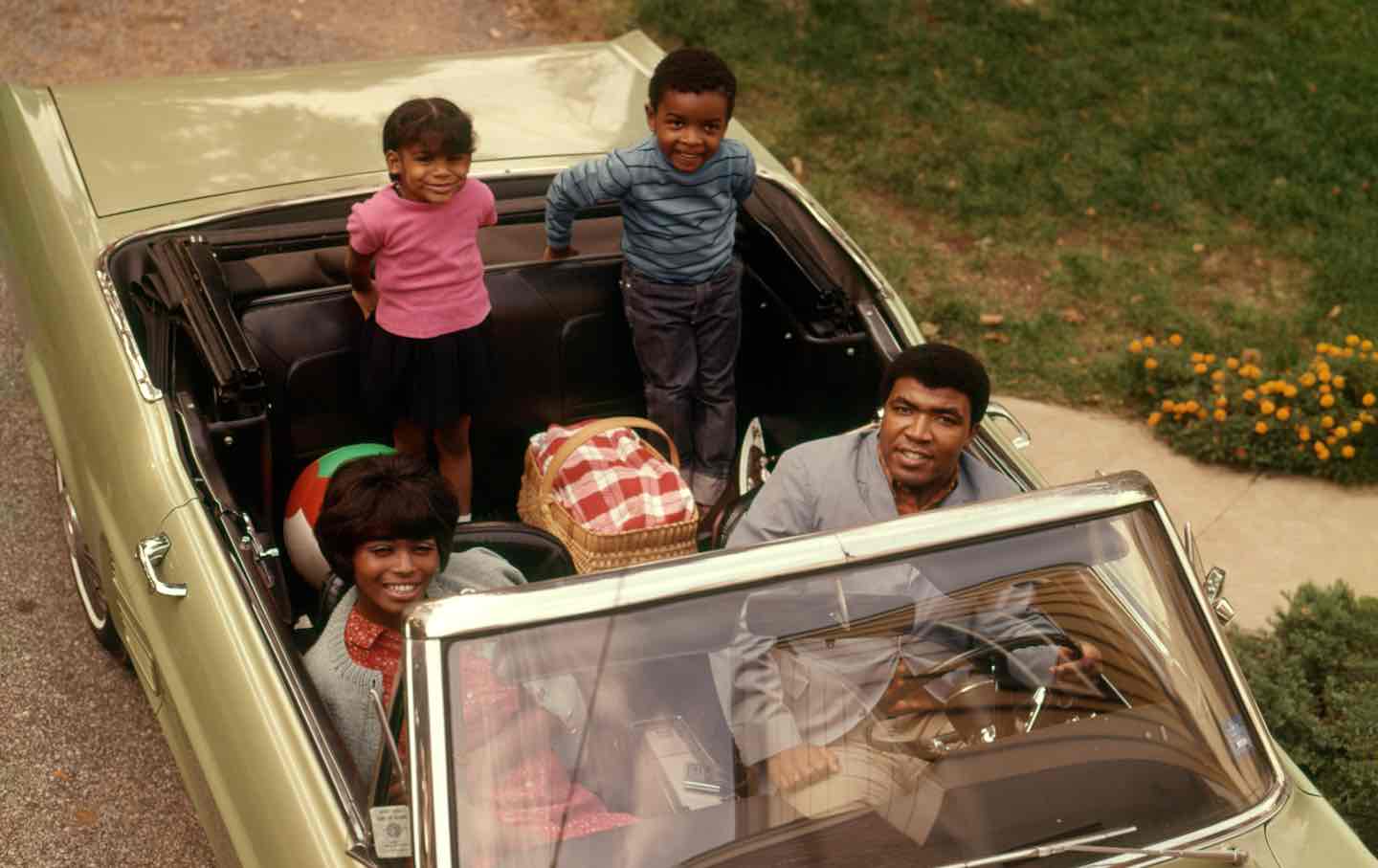
The Perils of a Post-Racial Utopia The Perils of a Post-Racial Utopia
In Nicola Yoon’s One of Our Kind, a dystopian novel of a Black upper-class suburb’s secrets, she examines the dangers of choosing exceptionalism over equality.
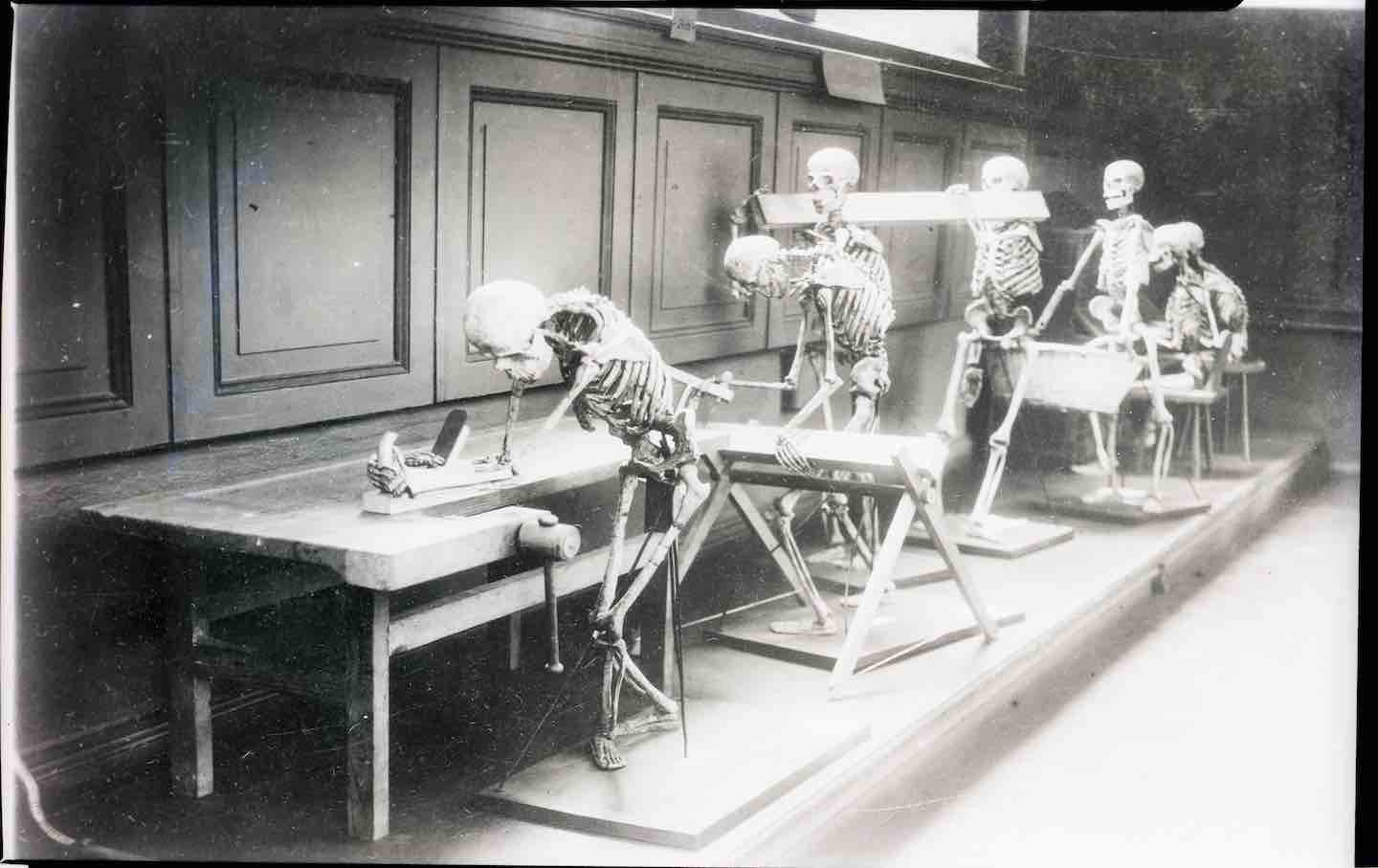
Why Americans Are Obsessed With Poor Posture Why Americans Are Obsessed With Poor Posture
A recent history of the 20th-century movement to fix slouching questions the moral and political dimensions of addressing bad backs over wider public health concerns.
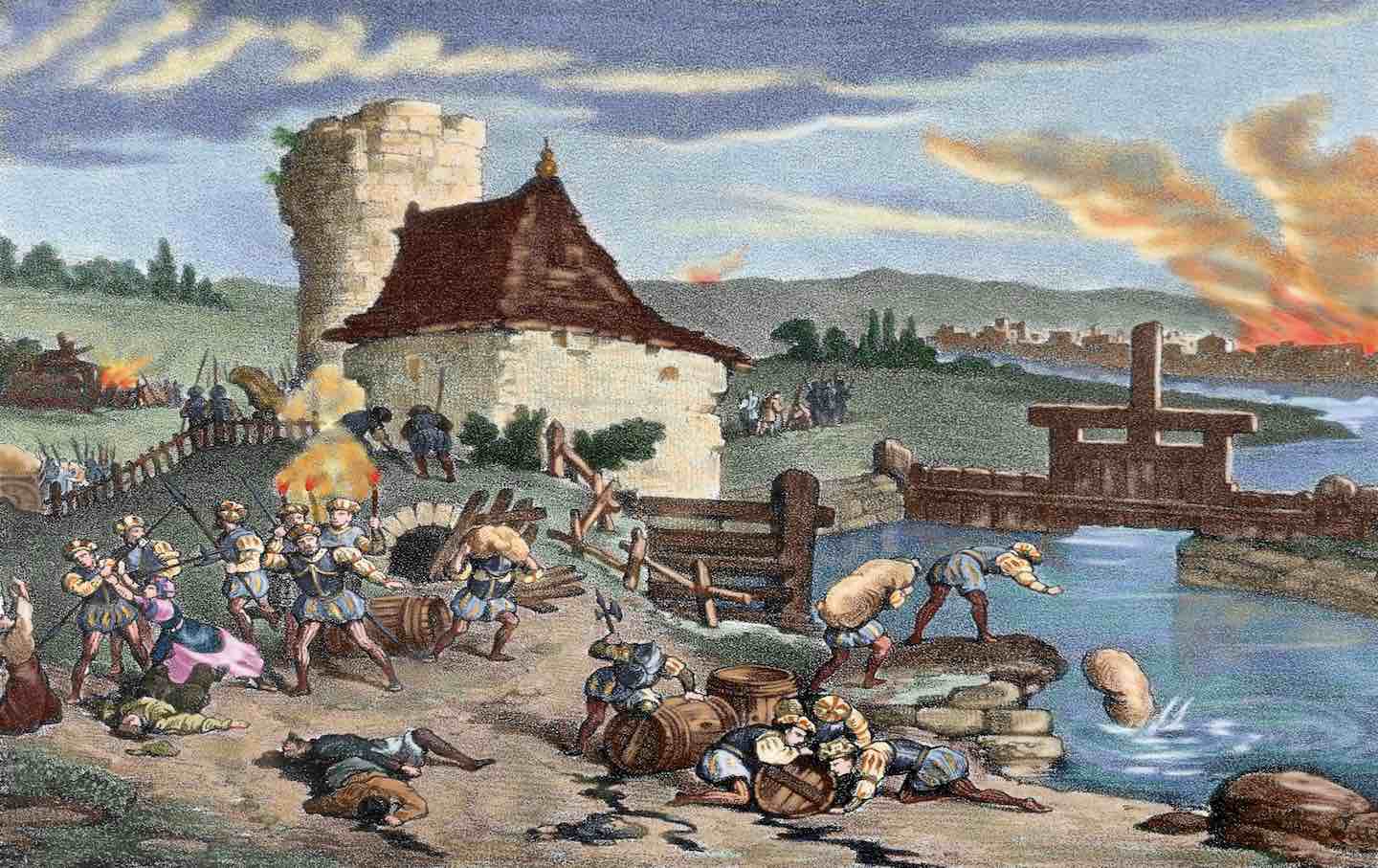
Thomas Müntzer’s Misunderstood Revolution Thomas Müntzer’s Misunderstood Revolution
A recent biography of the German preacher and leader of the Peasants’s War examines what remains radical about the short-lived rebellion he led.

Is It Possible to Suspend Disbelief at Ayad Akhtar’s AI Play? Is It Possible to Suspend Disbelief at Ayad Akhtar’s AI Play?
The Robert Downey Jr.–starring McNeal, which was possibly cowritten with the help of AI, is a showcase for the new technology’s mediocrity.
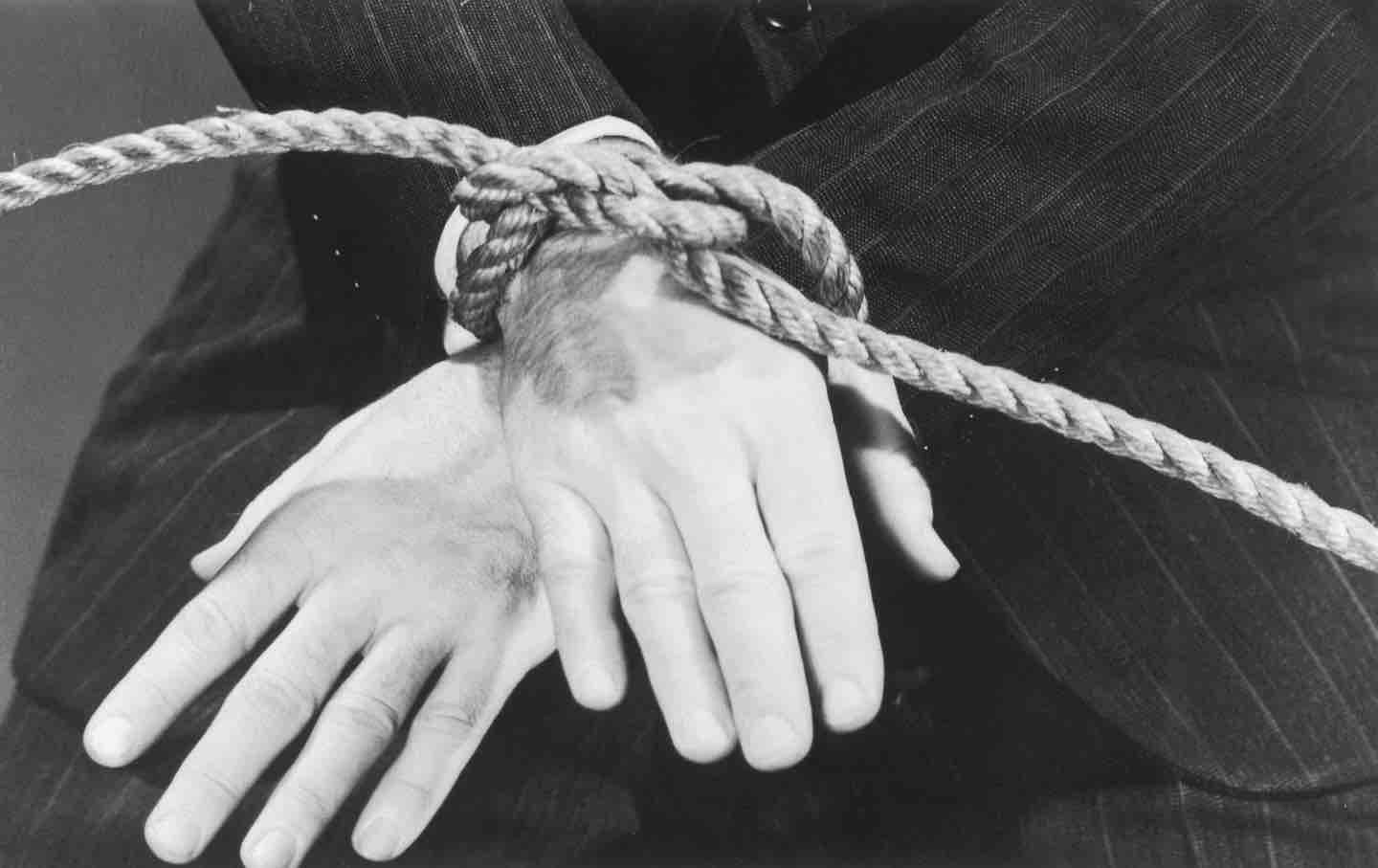
Possibility, Force, and BDSM: A Conversation With Chris Kraus and Anna Poletti Possibility, Force, and BDSM: A Conversation With Chris Kraus and Anna Poletti
The two writers discuss the challenges of writing about sex, loneliness, and the new ways novels can tackle BDSM.

Lore Segal’s Stubborn Optimism Lore Segal’s Stubborn Optimism
In her life and work, she moved through the world with a disarming blend of youthful curiosity and daring intelligence.


